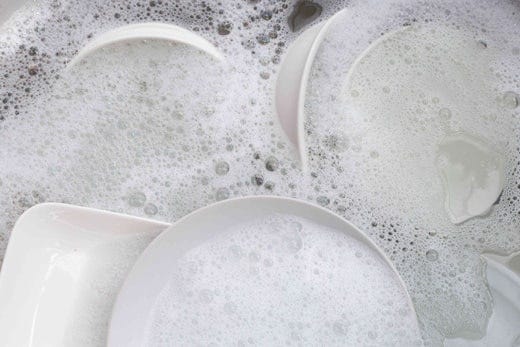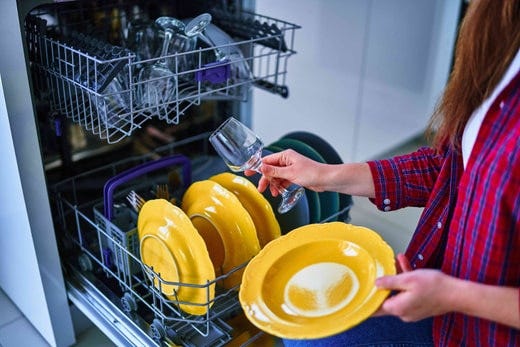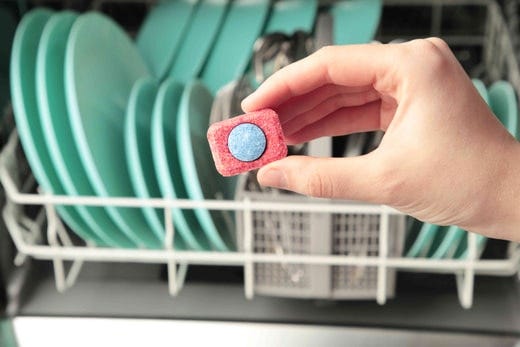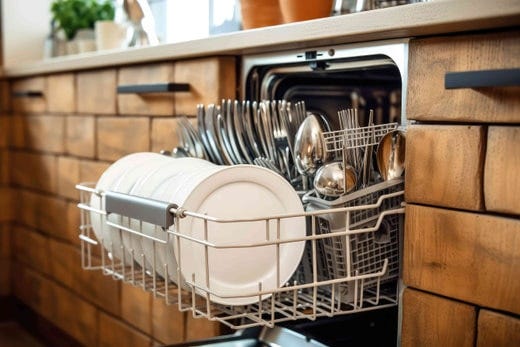
How Does a Portable Dishwasher Work?
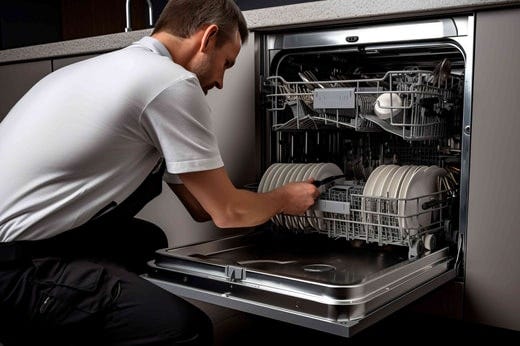
A portable dishwasher, as the name suggests, works just like a dishwasher, but it's on wheels and can be moved around the house, especially the kitchen. They became popular due to their convenience and efficiency, especially in small spaces.
Are you considering creating more storage space under one of the countertops during the renovation process? Simply move the portable dishwasher somewhere else, but remember to connect an inlet hose to the sink when it is in use.
But how does a portable dishwasher work? Does it have different programs and cycles, or are there any special parts or components separate from the regular dishwasher?
In this article, we'll examine portable dishwashers in more detail and explain how they work to provide convenient and efficient cleaning in any space. Let's get started.
What is a portable dishwasher?
A portable dishwasher, unlike a built-in one found in kitchens, can be easily relocated from one place to another, making it perfect for different environments like college dorms, compact apartments, and homes with restricted space.
How to use a portable dishwasher?
To set up a portable dishwasher, place the appliance close to the sink and attach an inlet hose to the faucet. But before we proceed.
To achieve grease-free, sparkling, and shiny dishes with your dishwasher, it is essential to grasp the proper usage of dishwasher detergents and the factors that enhance their effectiveness.
Hence, understanding how to use dishwasher detergents the right way will help you optimize your dishwasher's performance and ensure spotless results.
Now, here are the steps for using a portable dishwasher.
1. Turn on the hot water
Run the water through your faucet until it’s hot. Then, turn it off.
2. Check hose connection
Retrieve the hoses from the designated compartment located at the back of the dishwasher. Ensure that the hoses are straight and not tangled, as this can impact the dishwasher's cleaning efficiency.
During the washing cycle, two hoses are connected to the faucet using a hose connector: one for bringing in water and the other for draining it out.
3. Connect a hose to the faucet
Lower the faucet locking collar as you raise the hose connector onto the faucet adapter. Once the connector clicks into position, release the locking collar.
Turn on the hot water gradually until it reaches maximum flow. The specific steps for connecting may differ depending on the dishwasher model.
4. Start your dishwasher
Plug your dishwasher into the power outlet. Insert your dishwasher detergent, whether its tablet, liquid, or powder, in the detergent compartment, select the dishwashing cycle, and start the wash.
.png?width=70&height=45&format=png&quality=50)
